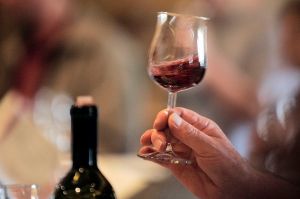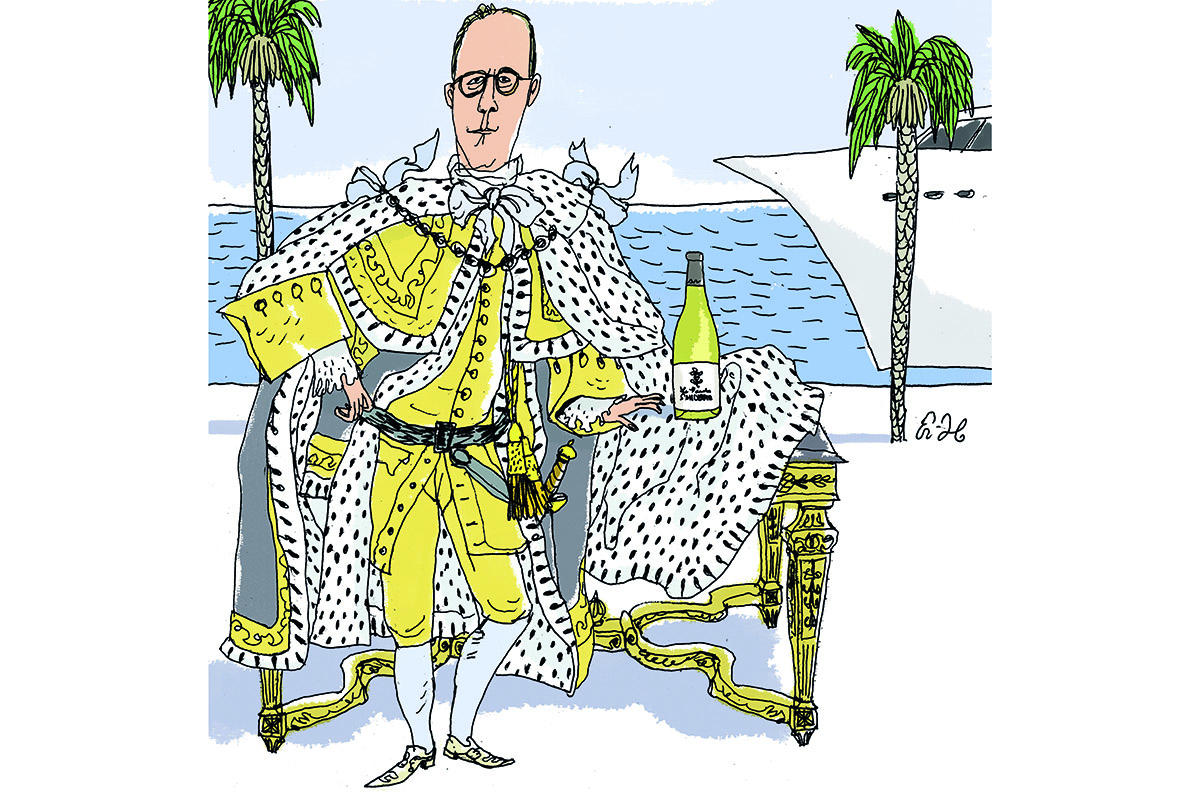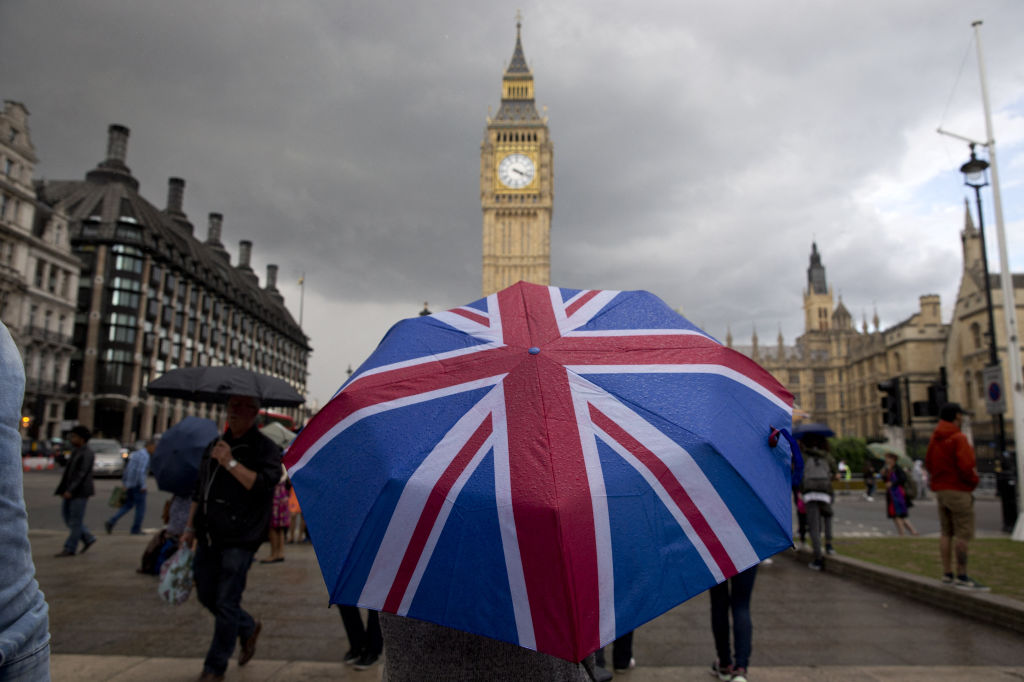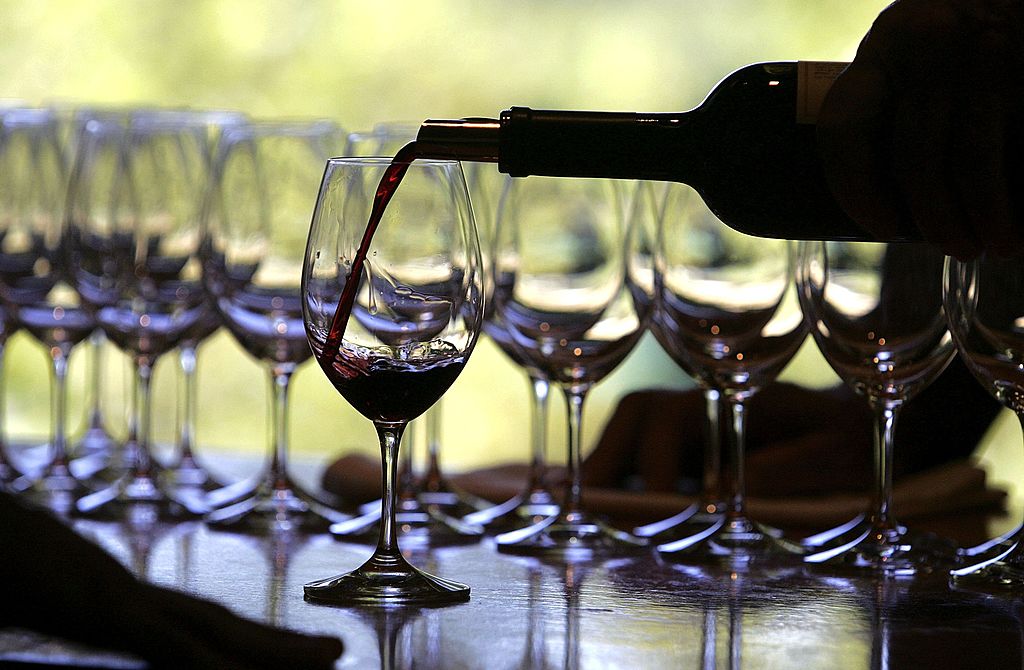Sometimes, I pretend that I worked the wine beat thirty or forty years ago. I picture myself in formal wear, kicking back in gilded settings, sipping perfectly aged first growth, trading bons mots with winemakers. We’d spend hours solemnly considering the slow, steady, seemingly eternal rise of wine culture, and how inevitably it would soften the cruder edges of society. It would be so merry, yet cerebral — but also something we could feel good, even morally superior, about participating in.
Instead, I’m in 2024 wearing yoga pants and guzzling mineral water (must hydrate!) by myself holding Zooms with winemakers, sweating over the fact that scientists say climate change imperils up to 73 percent of the world’s current wine-growing regions. And the fact that the future wine market — Generation Z — has given up drugs, cigarettes, sex (for goodness’s sake!) and more to the point, wine, seeing these very basic dollops of much deserved joy and occasional raw hedonism as too risky in lives filled with rote tasks and dull duty.
Between the harvest-decimating hail, fire and drought last year alone, and flat-lining and declining sales across the wine sector, a drop of good news feels like a gentle rain from heaven. So you must excuse me — and the rest of the beleaguered wine industry — as we shriek and (poorly) dance a drunken jig at the good news rolling out of merry old England.
The recent ascent of English wine hasn’t just been good; it’s been peerless. The number of producers in the UK has increased exponentially, up 63 percent, from 128 producers in 2012, to 209 in 2022. The number of growers is up even more, by 118 percent, from 432 to 942 between 2012 and 2022. Vineyard planting is skyrocketing, too, up 74 percent between 2017 and 2022 — from 2,245 hectares to 3,928 hectares under vine, according to Wine Great Britain.
To put that in perspective, worldwide wine production is falling slightly, according to the International Organization of Vine and Wine — just 1 percent year-over-year in 2022. Compared to the triple-digit growth of England’s wine sector, it’s like putting an apple next to an orchard.
Total UK output — about 12.2 million bottles in 2022, up from 9 million in 2021 — remains consistently split between sparkling and still wines, at 68 and 32 percent respectively.
“Historically, England has always been the world’s biggest and most influential consumer of wine,” says Marika Vida-Arnold, a wine educator and consultant who previously served as wine director at the Ritz-Carlton Central Park. “They put Bordeaux and so many other regions on the map over the centuries, and they, in many ways, have shaped wine culture across the world.”
Vida-Arnold notes that when she started at the Ritz in 2008, English wine wasn’t even “part of the conversation. But I was just in New Mexico at the Santa Fe Wine & Chile Fiesta, and I was surprised to see that English wine is being distributed there. If it’s available there, that tells you something.”
Booze has long infused art, culture and politics in England: from Charles Dickens’s obsession with Sauternes and Chablis, to Christopher Hitchens’s immoderate partiality to whisky and red wine, and Sir Winston Churchill’s overweening dependence on everything from whisky to brandy to Champagne. Nothing in England gets written, opined or ruled upon without the assistance of a hefty draught of vino, preferably French.
Interestingly, many of the major brands that have become widely available abroad have their own distinctly English, vaguely eccentric, stories shimmering behind them. Take Nyetimber: first mentioned in the Domesday Book of 1086, then later owned by serial homicidal womanizer Henry VIII, then given to Thomas Cromwell. It doesn’t get more Sceptered Isle than that — and it adds to the delicious appeal of the unlikely but (so far) unassailable success of English wine.
“In 2018 when I was working vintages abroad, the people I worked with had no clue that English wine was good,” says Hannah Milnes, wine communicator, founder of social media marketing business Bouchon Media and unofficial cheerleader for English wine. “I had my mum send me bottles, and I’d taste people on it and they were blown away. But by 2019, 2020, I began to realize that the word was out, especially in key markets like America, Norway and Hong Kong.”
The wine pros she poured for loved the wine Milnes shared, but more importantly, they loved the idea of the wine.
“People, especially Americans, connect with this idea of England as regal and posh,” Milnes says. “People think we’re so quaint, and they love the idea of sipping English sparkling wine with scones and jam.”
Unfortunately for British winemakers though, it still is mostly British people drinking their wine. Exports are the lifeblood of “serious” wine regions that don’t want to merely rely on tasting-room sales to tourists and loyal locals; just 7 percent of English wine is currently exported. This up from 4 percent in 2021 — a 3 percent rise, representing a 75 percent increase in growth — still far from the scale of major wine-producing countries. Italy’s wine exports were worth 8 billion euros in 2022, and the US alone consumes 23 percent of Italy’s output.
Plus, England’s direct-to-consumer (DTC) sales are down year-over-year, reversing a strong trend of growth. In 2022, DTC represented 30 percent of all sales, a significant drop from 2021.
The wicked stepmother in English wine’s fairytale is no doubt Brexit and the overall recessional malaise it has created. Local wine at Champagne prices may no longer seem viable, and the British pound’s long-term devaluation and European Union trading confusion is already hitting producers’ bottom lines.
Though these issues may ease with time, if English winemakers want to sustain their current growth, they will need to aggressively push into other markets and diversify their offerings.
The team at Hattingley Valley Wines says they are up to the task.
“We have been passionate about exports since launching in 2008,” says Chris Unger, its sales and marketing director and a chair of Wine GB’s export council. “We are among the top four of English exports, and we currently export 25 percent of our total volume.”
Unger says they are in twelve countries, the strongest being Norway, then the US, followed by Sweden. He says he believes that the only way Hattingley and other producers will continue to see double-digit growth is by opening up new markets.
“We are hoping to scale up to 500,000 bottles from 250,000, and the only way we can do that is by growing abroad,” he says.
Andrew Carter, CEO of Chapel Down, England’s largest producer, with more than 400 hectares set to be under vine by the close of next year, is bullish on the potential of the export market, but is also looking to diversify the income stream in other ways.
Unlike Hattingley, whose export market is almost four times the national average, Chapel Down’s is slightly under-average.
“About 95 percent of our sales are in the UK, but we’re growing fourteen markets around the world,” he says. “But we are also focusing on building our brand through travel retail, in partnerships with cruises and at duty-free in airports, where people buy a lot of luxury brands.”
Carter is working on building out the scale and model of distribution through key domestic chains like Waitrose and Tesco and zeroing in on-premise restaurant consumption.
“There are 100,000 bars in the UK but we’re only in 2,000,” Carter points out. “There’s enormous room for growth right there,” though, he acknowledges, they’ll have to focus on the premium bars — about one-tenth of the total pub market — not the fish, chips and ale shops.
Chapel Down is also eager to leverage tourism. Already, the company sees about 60,000 visitors annually, but Carter thinks that number is just a fraction of the potential.
As English wine’s reputation abroad rises, visitors to England increasingly put vineyard visits at the top of their wish lists. Big Ben, Buck House, sure. But now, 40 percent of inbound visitors also want to hit a winery, according to Visit Britain. Last year, the number of tourist visits to vineyards were up 17 percent year over year — a number that will surely rise as visitors realize they can reach wine country straight from London via the Tube.
But perhaps the most significant sign of the wine world’s confidence in England’s future — more than the outside investment of Champagne houses Vranken Pommery and Taittinger — is the American invasion.
Jackson Family Wines, whose flagship is Kendall-Jackson and has more than forty wineries from six (with England, seven) countries under its umbrella, has purchased twenty-six hectares in the Crouch Valley, where it will plant Chardonnay and Pinot Noir grapes, with the goal of making both still and sparkling wines. In the meantime, Jackson Family has contracted with a winemaking facility called Defined Wine, and has purchased base wine to turn into sparkling wine.
They’ve hired Gusbourne’s winemaker Charlie Holland to head up and build the project from the ground up, chairman Barbara Banke explains.
“My family’s hope is that we can be in the wine business for the next 100, 200 years, so we’re looking at areas in which it may seem today are pushing the limits of viticulture, but down the road may be ideal,” Banke says.
The biggest challenge, of course, is the price. Champagne is riding on centuries of legend, and the priceless plugs lifestyle maestros from Napoleon Bonaparte to Lady Gaga have given it through their relentless and joyful consumption. But an upstart region selling wines at €100-200 a bottle is a tougher sell.
“I am seeing English wine everywhere now,” notes Vida-Arnold. “The industry is still really young though, and while I’ve had some incredible English wines, there have been others that still need a little fine-tuning.”
Rationalizing a not-insubstantial outlay for a bottle that may not be “incredible” is challenging in this economic environment.
And yet.
England is the fastest growing wine region in the world — on target to hit 24.7 million bottles in production by 2032, a doubling of its current volume — with a terroir poised to not just survive but thrive amid climate change.
The fairytale moment for English wine is here.
This article was originally published in The Spectator’s February 2024 World edition.


























Leave a Reply